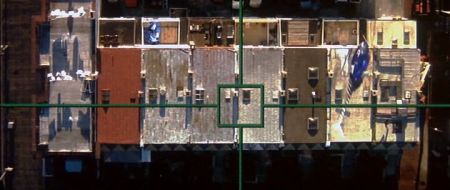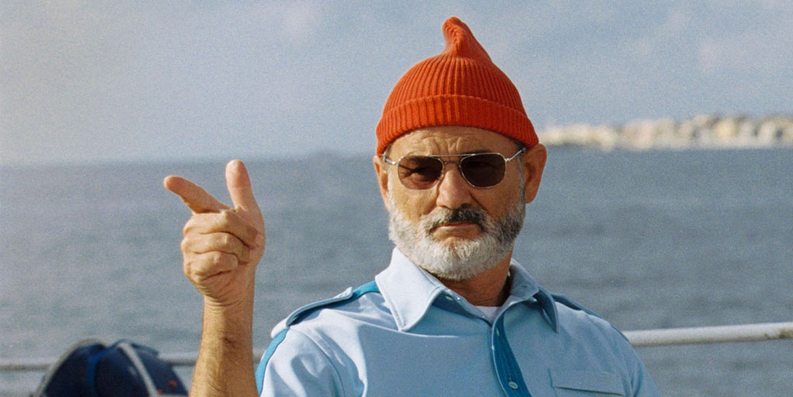Zodiac (2007) dir. David Fincher
Fincher crafts an elaborate film about obsession and details, woven through true events from the Zodiac killings in the 1960’s and 70’s. Jake Gyllenhaal’s performance stands out. ★★★★
Russian Ark (2003) dir. Alexander Sokurov
This ambitious film was shot in one 90 minute take in the Hermitage Palace in St Petersburg, Russia. The end result is an absorbing journey through the history of the palace, that at times is a touch ambiguous, but I couldn’t look away. ★★★
Bridge of Spies (2015) dir. Steven Spielberg
If someone ever made a biography of my life, I’d want Tom Hanks to play me. The cinematography is incredibly beautiful and the story (based on true Cold War events) is well told. ★★★★
Suspense! (1913) Dir. Lois Weber.
The first thriller silent film by one of America’s first female directors. It features some impressive triptych editing, and is surprisingly advanced for its age. ★★★
Aquamarine (2006) Dir. Elizabeth Allen Rosenbaum
A classic teen girl movie, featuring a tiny Emma Roberts. There’s not much technically impressive about this movie, but it is good fun. ★★




